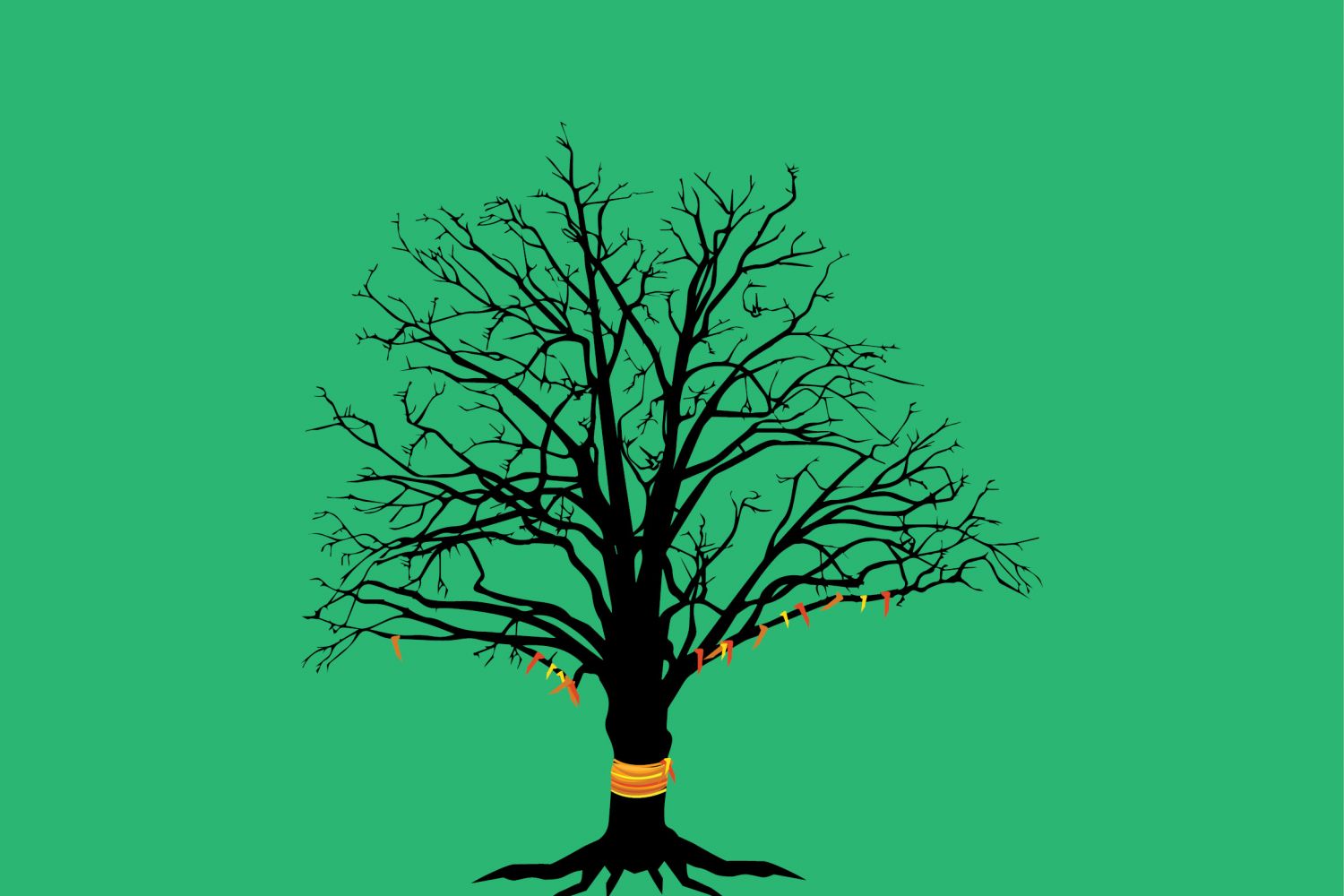
Tranquillity rains down
in sacred forests. Shades of green and brown present an enchanting harmony. The
earthy smell of the forest floor fills the air. Cicadas chirp. Delicious fruits
beckon. There is extraordinary biodiversity—not just tall trees, some of which
are rare, but also mushrooms growing on their trunks, earthworms crawling in
the leaf litter, and a variety of insects living in every single nook of
forest. Shonil Bhagwat, who has been researching them for the last 20 years,
at





